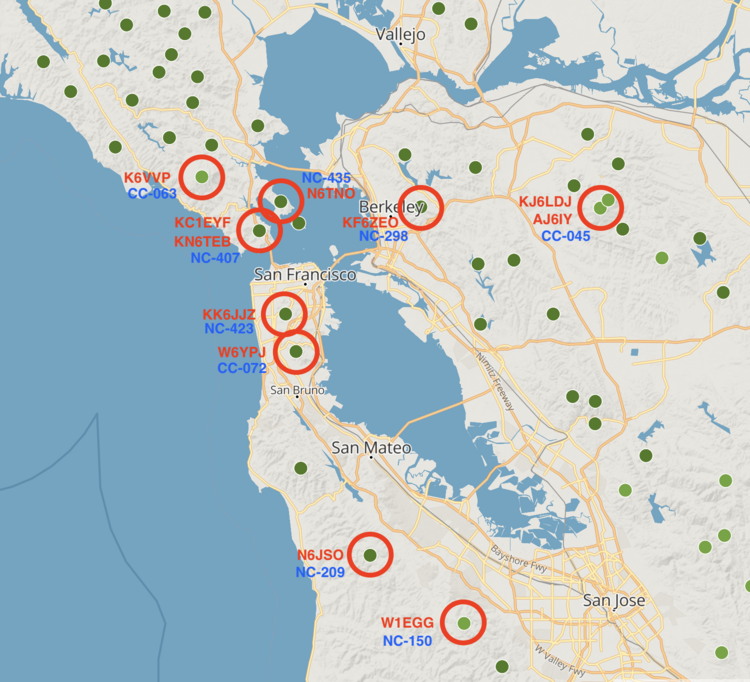With the release of WSJT-X 2.3.0 in September 2020, Steve Franke K9AN, Bill Somerville G4WJS, and Joe Taylor K1JT included a two new digital protocols called FST4 and FST4W. These two digital modes are the next evolution in low-power and long distance digital communications. These modes use four-level Gaussian frequency-shift keying (4-GFSK) modulation, which has smooth transitions between the four tones. This modulation is a bit easier to decode than regular WSPR, which uses 4-FSK modulation that has abrupt tone changes.
FST4 is designed for keyboard-to-keyboard QSOs (similar to FT8), and FST4W is designed for beacon transmissions like the regular WSPR protocol that we use for picoballoons. The time periods for a single transmission are 120, 300, 900, and 1800 seconds, with longer periods requiring less SNR for decoding.
In Spring 2022, Rob Robinett AI6VN included FST4W decoding in Version 3.0 of the wsprdaemon software, which is what I run for WSPR decoding at my home in San Francisco and in Inuvik, NWT. That's cool, I thought. I can just "check the box" in the configuration file ...
Read More →






